



SELECTED
ISSUE
|
|
Leisure Management - Bridging the gap

Ask an experts

|
|
| Bridging the gap
|

The old adage that wealth is health has been backed up by a recent US study. What can the industry do to bridge the widening health gap between rich and poor? Kath Hudson reports
|

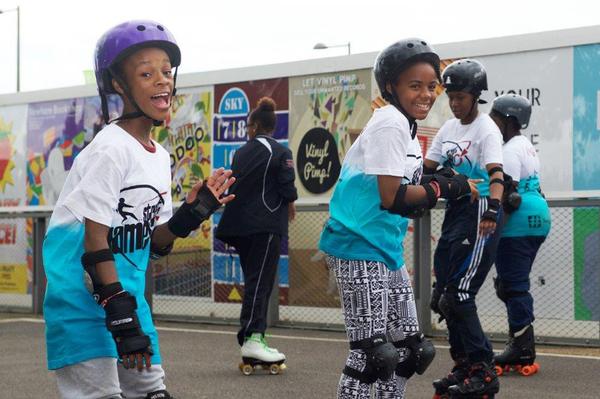
StreetGames: Girls generally prefer female-only activities

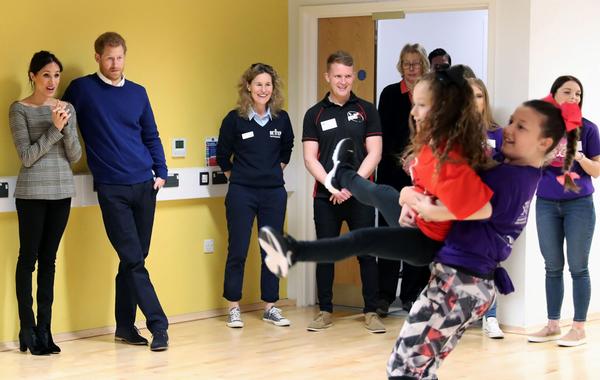
StreetGames engages young people with sociable activities

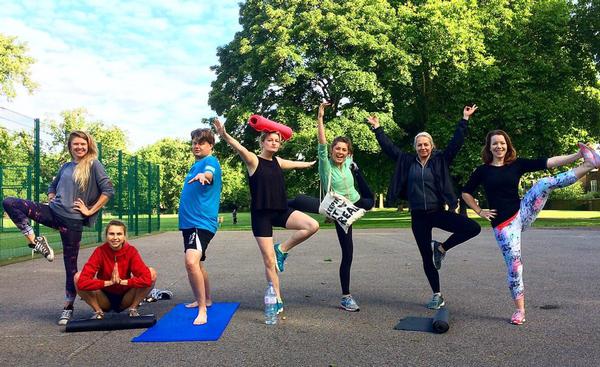
Our Parks not only gets low income people active, it also gives them a social outlet
|
|
|
According to the 2018 Physical Activity Council Participation Report, 25 per cent of Americans are inactive on average, but of those making less than US$25,000 a year, 42 per cent are inactive. This is the sixth consecutive year this group has experienced a decrease in activity levels. Meanwhile, households with an income of more than US$75,000 a year continue to experience increasing activity rates. This study is not the first to discover a link between income and level of activity. UK research, carried out by the Centre for Market and Public Organisation at Bristol University, found that education, income and location all play a part in determining how active people are. It found that only 12 per cent of people who are degree educated are inactive, while those with no such qualification are three times more likely to do little or no physical activity. Clearly affordability is a major barrier, but is this something that operators are prepared to remove? Dave Thomas, co-founder of London club, The Foundry, (see Health Club Management May 2018, p39) has set up a charitable arm that offers some free memberships, in order to combat this problem. Would other operators be prepared to follow suit? Would this be the answer, or do other factors come into play? With its wealth of expertise and facilities, the industry is well placed to reach out, but does it have the commitment and creativity to do so? What could be the way forward and what is already happening? Does this need a big funding pot, or can changes be made without much expenditure? We ask the experts…
|
|
 |

Jasmine Gallardo
programme leader
3 WINS Fitness California:
 |
|
The 3 WINS Fitness programme is run by a group of volunteer kinesiology students from California State University Northridge, in partnership with the American Council on Exercise.
Financed via fundraising and sponsorship, the programme brings free workouts, health education and medical screenings to low income communities in Los Angeles County – although we’re looking to expand to a wider area. On average, it reaches 90 people a week, who benefit in many ways from reversing diabetes, coming off blood pressure medication and managing their depression.
My community is working class with a lot of Hispanic and Latino people. They live from pay cheque to pay cheque, so fitness is not a priority for them and they generally don’t value their health. Offering a programme for free is empowering. We run bootcamp-style sessions for varying abilities, three times a week. Part of the programme is to change people's perception of their health, to make them understand it’s a priority, because without their health they can’t work.
We find they make friends, which boosts their motivation and they soon change their mindset to value their health. Once this happens they usually take responsibility and will often join a gym. When working with this demographic, it’s important to show that you genuinely care, as they’ll believe, and value, everything you say.
"When working with this demographic, it’s important to show that you genuinely care, as they’ll believe, and value, everything you say"
|
|
 |

Jane Ashworth
chief executive
StreetGames
 |
|
Working with 1000 locally based providers, StreetGames aims to to mobilise disadvantaged 14- to 24-year-olds. We see multiple problems for people growing up in deprived areas. Accessibility is one barrier: they want hyper local experiences and will only travel 1.2km, on average. Affordability is another: Sheffield University research shows that the average low income family spends £2.55 on active leisure per week. So even the public sector is out of reach for them. It falls to the third sector to provide.
Free access isn’t the answer to the problem, but it is part of the picture. There will always be a need for investment in activity provision for this demographic. I would like to see the introduction of a means-tested national youth leisure card to provide free access to more widespread opportunities. And I would like to see operators run outreach programmes, or work with community providers to bridge the gap.
The bulk of our target market is not looking for commitment, competition or skills and drills. They want to be in a sociable environment with their mates and in the course of the session do a variety of activities. Girls generally prefer female-only activities. The leader is incredibly important and will become a significant adult to them. We are now training all of our instructors in mental health first aid.
Only 15 per cent of 15 year olds are meeting the CMO guidelines of one hour of activity a day, and this becomes less once they leave school: 70 per cent are only active through school. Only 14 per cent go to leisure centres. Our participation survey shows that among our target market 37 per cent were completely inactive before StreetGames. This drops to 17 per cent once we offer provision. We try to find opportunities for those who are maturing out of the programme – many are interested in gyms, so it would be great to talk to the health and fitness sector about how opportunities could be extended.
"I’d like to see the introduction of a means-tested national youth leisure card to provide free access to more opportunities. And to see operators working with community providers to bridge the gap"
| |
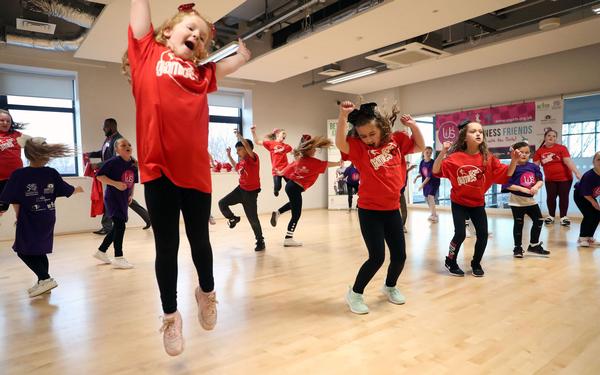

|

StreetGames engages young people with sociable activities |
|
|
 |

Born Barikor
founder and CEO
Our Parks
 |
|
Launched in March 2014, Our Parks is designed to give exercise opportunities to low income people, offering free access to instructor-led exercise classes in parks.
Funded by councils and housing associations, more than 400 classes a month are currently offered in more than 20 London boroughs and a few councils outside of London. The aim is to eventually work with every borough and every council.
We’re targeting a hard-to-reach group and it’s a challenge to sell exercise to people who don’t value it. They’re also easily scared off, so the class has to be fun.
Often their reluctance to exercise goes back to a negative experience of sport at school. It takes about eight weeks to change a mindset, at which point they start to both value physical activity and become prepared to invest in it.
We’ve had so many beautiful stories of inactive people becoming coaches, and of people using exercise to get over illness or to kick an alcohol or drug habit. Our Parks also has a massive impact on social isolation, with lots of people who were lonely finding a new friendship circle.
We’re always keen to signpost our users onto other opportunities, and many graduate to parkrun, The Good Gym, football and netball clubs. As a sector I think we can be too possessive over users and compete against each other, when we should be pulling together against other sectors. Being more tech savvy is one way: for example having an API where you can book onto a number of providers. Also we need to get better at sharing good practice and successful ways of targeting the inactive.
"As a sector I think we can be too possessive over users and compete against each other, when we should be pulling together against other sectors"
| |
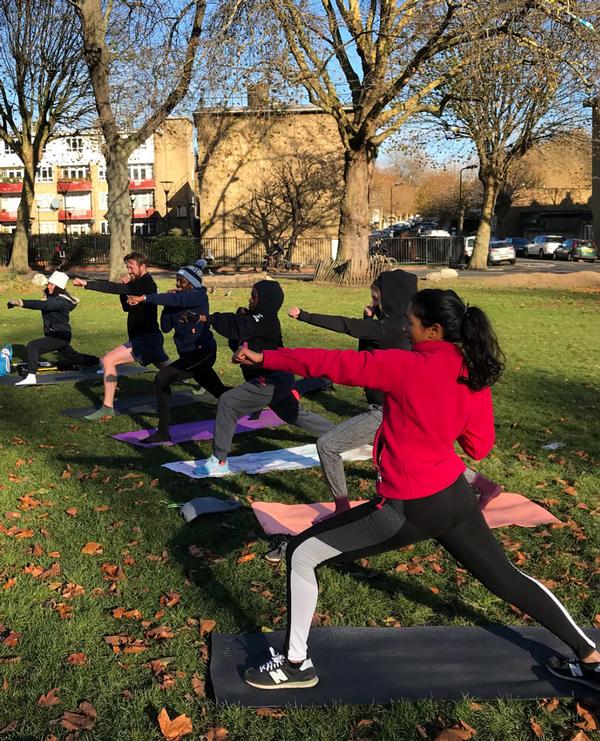

|

Our Parks not only gets low income people active, it also gives them a social outlet |
|
|
 |

Huw Edwards
Public affairs director
ukactive
 |
|
Our research shows the connection between socio-economic deprivation and inactivity. Reaching out to the low income sector represents an opportunity for the health and fitness sector to bring in a new audience and it should be something that operators address.
ukactive is currently working on a £2m initiative, funded by the Department of Education, to offer children from low income families access to activity sessions during the school holidays.
We’re also talking with the treasury about how the cycle to work scheme could be extended to include gym membership, so employees could receive tax relief through a salary sacrifice scheme, making it more affordable for them to join the initiative.
Dame Tanni Grey Thompsons’s vision to turn ageing leisure centres into community wellness hubs, providing a one stop shop for services including physical activity, GP surgeries and libraries could also be part of the solution. It would demystify the gym environment and remove the intimidation factor, which many people feel.
There isn’t a one size fits all approach for operators when tackling this issue. They need to understand their community, stimulate demand, look for collaborations and put forward the idea that this sector is for everyone, irrespective of economic means. Technology is one way of democratising physical activity and adapting programmes to be more inclusive to those on a low income.
"We’re talking with the treasury about how the cycle to work scheme could be extended to include gym membership, so employees could receive tax relief through a salary sacrifice scheme"
| |
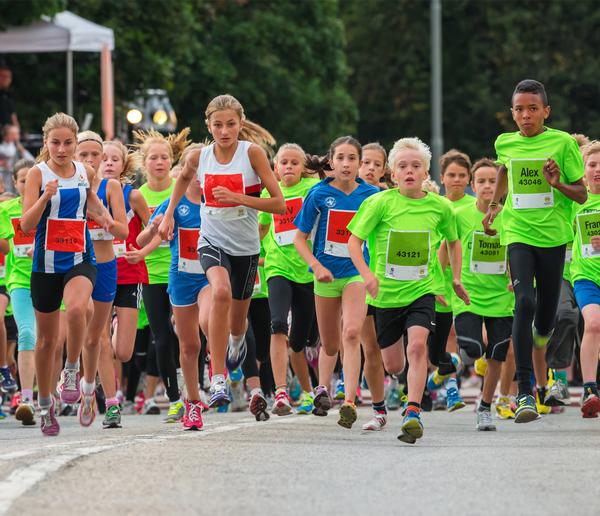

|

ukactive is currently working on an initiative that will offer school holiday activity sessions to children from low income families |
|
|
 |
| Originally published in Health Club Management 2018 issue 7
|
|
 |
|
